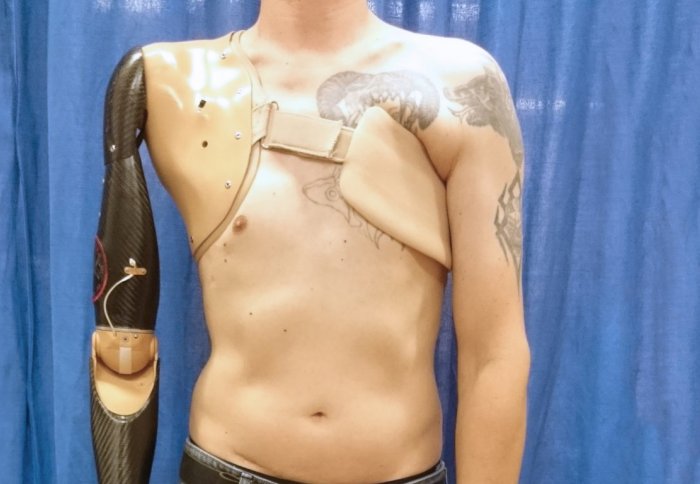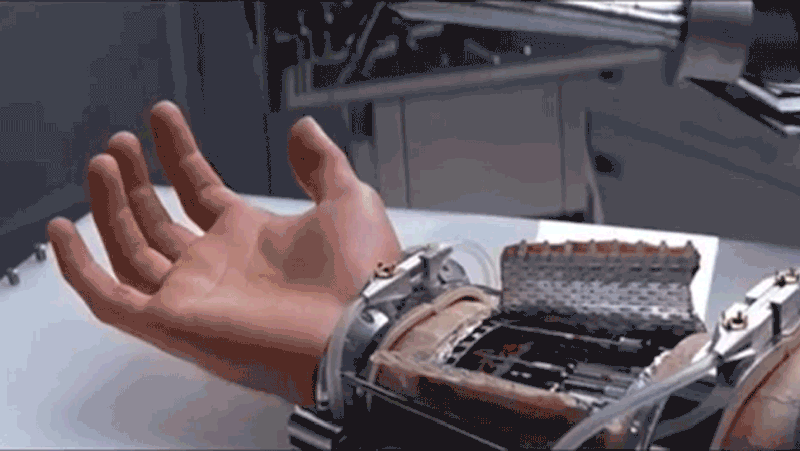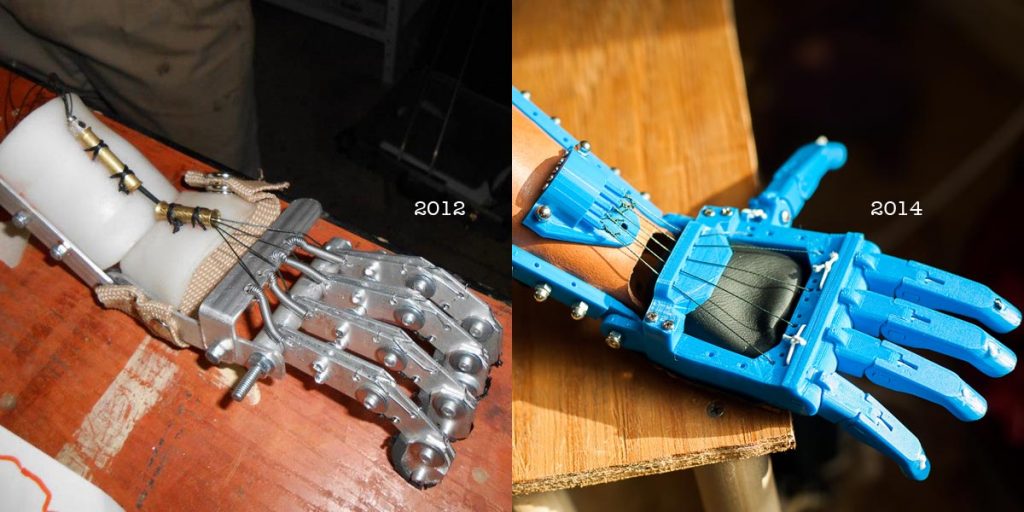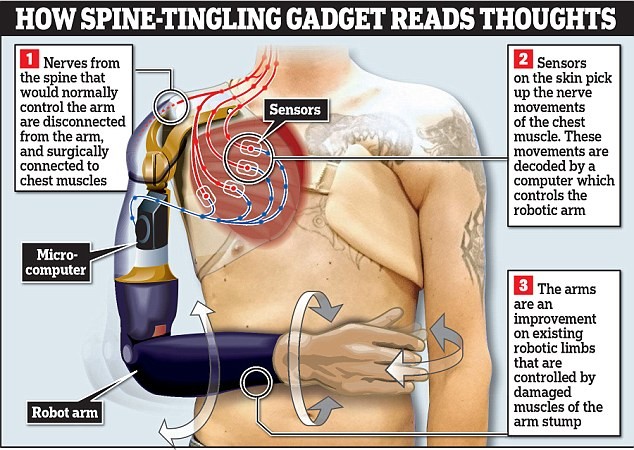
Researchers recently tested a prosthetic arm that articulates by reading signals from the spine of the user. Despite what you may believe, this is revolutionary technology compared to today’s prosthetics. It’s easy to see the confusion.

The Empire Strikes Back | gizmodo.com
Anyone who saw The Empire Strikes Back (1980), the scene where Luke gets his custom-fitted prosthetic hand, assumed we were years away from this kind of technology. We do have some advanced prosthetics. Connecting them to the brain is the issue.
One must marry one of the most sophisticated inventions in our experience, the human body, with some clunky tech, called the best we’ve got so far. Wiring the human nervous system to a motherboard is challenging enough, not to mention fixing the device to the body in such a way that it doesn’t fall off or create scar tissue. There are many moving parts.
This latest research from the University Medical Centre in Gottingen, Germany, headed up by Professor Dario Farina might solve one of those parts.
We’ve been hammering out more realistic prosthetic limbs since people have been losing their original parts. This newest tech could bridge us to Luke Skywalker technology in a matter of years.
History

Egyptian prosthetic | livescience.com
We’ve been crafting prosthetics as long as people have been surviving with missing limbs. We can thank war for most of our advancements. With every battle, more soldiers returned demanding better prosthetics.
Today’s most advanced prosthetics work by responding to twitches made users from remnant muscles. The rejection rate is about 40-50%, so half. For the other half, they suffer limited mobility. In best case scenarios, an amputee will enjoy two different commands from a prosthetic limb.
“When an arm is amputated the nerve fibers and muscles are also severed, which means that it is very difficult to get meaningful signals from them to operate a prosthetic,” said Farina.
Revolution
The swell of 3D printing technologies in the last decade few years churned out simple prosthetics to a wider demographic of people. Despite all our advances, in most places, prosthetics are costly luxuries folks can’t afford.
What these newest devices still lack is the sophistication to connect to the user’s brain like a real limb. Farina’s research has taught us that is is possible to read signals from closer to the spine, then transmit more complex commands to a prosthetic.
The nerves at the amputation site are too damaged to prove useful, but closer to the spinal cord, we find better signals from the brain. The trick was in decoding those signals, then translating them into something a prosthetic could understand. This is what Farina’s team has done.
Of this research, Farina said, “We’ve tried a new approach, moving the focus from muscles to the nervous system. This means that our technology can detect and decode signals more clearly, opening up the possibility of robotic prosthetics that could be far more intuitive and useful for patients.”
Research
Farina’s team developed a system to capture electromyographic signals, called EMG, which are electrical signals produced in the muscles. They asked patients to manipulate imagined limbs, the missing ones, following the team’s commands.
So, for example, they might tell the patient to imagine making a fist. They would record the EMG signals at the nerve branches by the spine, mapping the patterns.
By repeating these exercises, testing for a variety of articulations, they were able to understand what the signals looked like when a patient wanted to perform a specific task.
From this information, they could customize a language translator of sorts. They could translate signals between the spinal nerves and the prosthetic. Patients from Farina’s research experienced a more dynamic prosthetic experience.
The results of this work are proof of concept. From here, Farina expects they can grow a more robust application of the technology. Marrying this with the 3D prosthetic revolution, it’s hard not to get excited about the future of prosthetics.
Farina now works at the Imperial College in London, but this research was at Gottingen in collaboration with co-authors from Europe, Canada, and the united States.
Sources: Factor & Nature Biomedical Engineering

